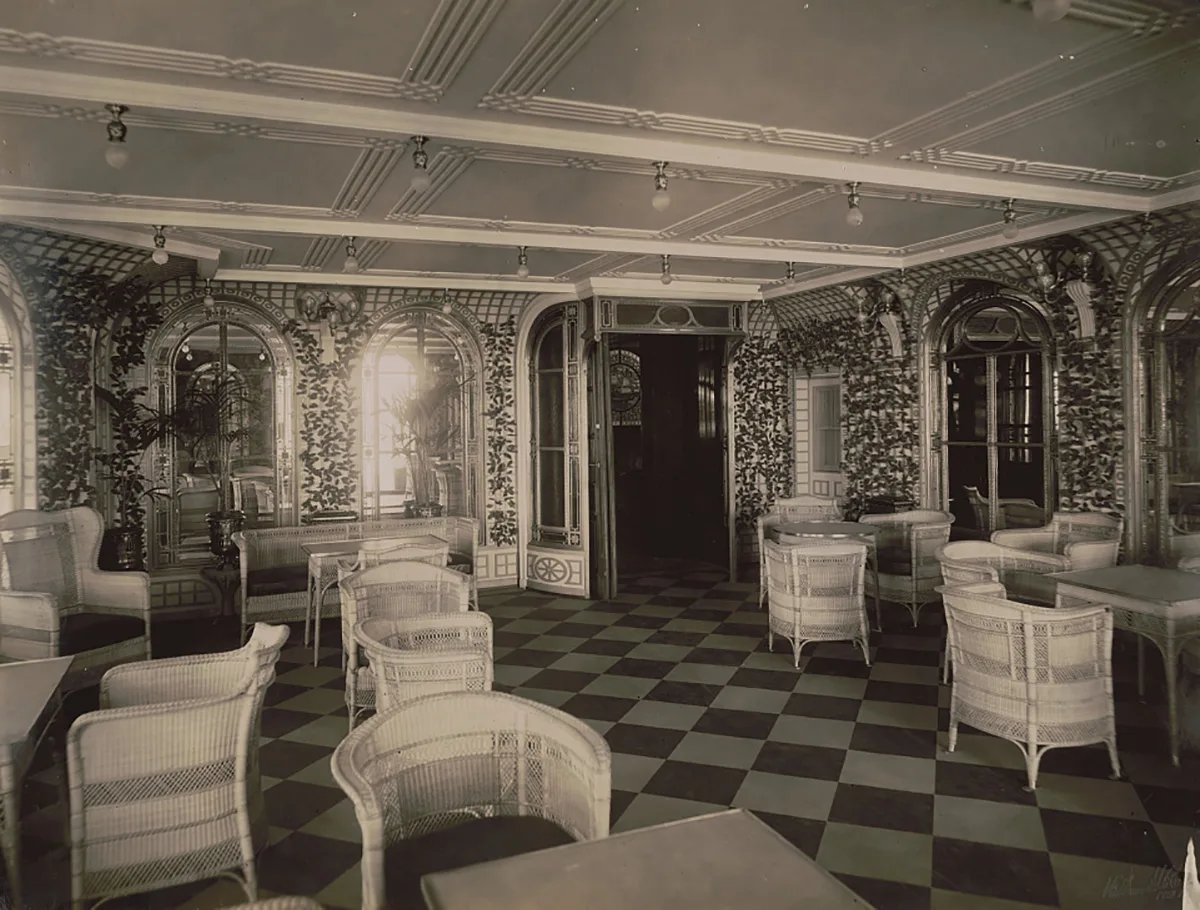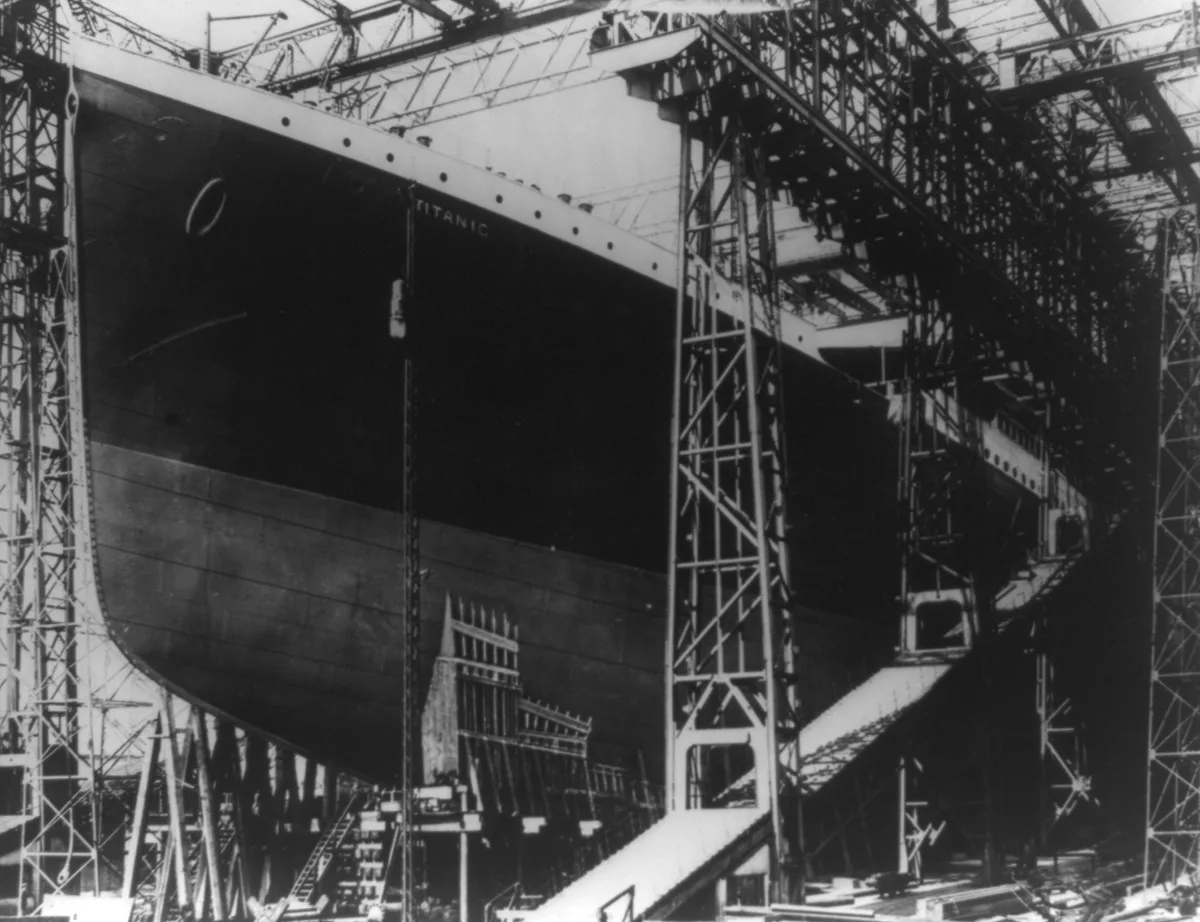
Swiss on the Titanic
Over a century after her dramatic demise, the Titanic lingers omnipresent in the human imagination. The stories of the Titanic’s Swiss staff and passengers are a rich kaleidoscope into a maritime disaster and an era on the precipice of tremendous change.



The Titanic’s Swiss staff






Titanic’s Swiss passengers



A night to remember
Animation of the sinking of the Titanic in real time. YouTube





